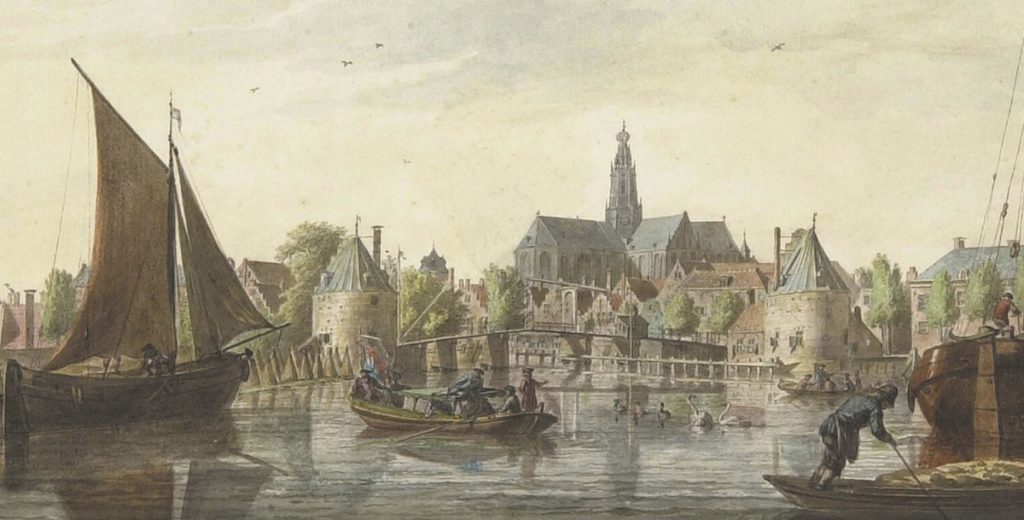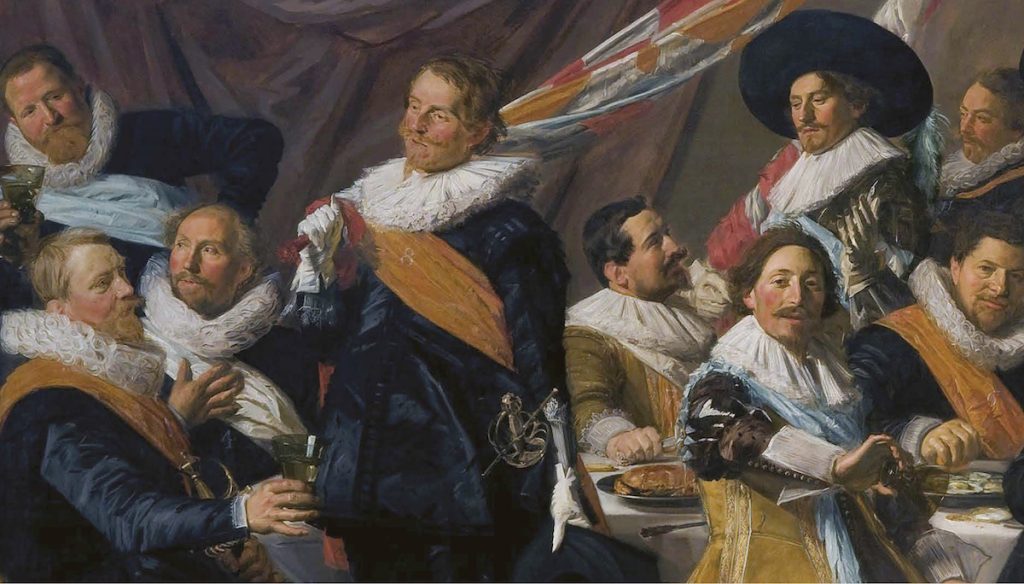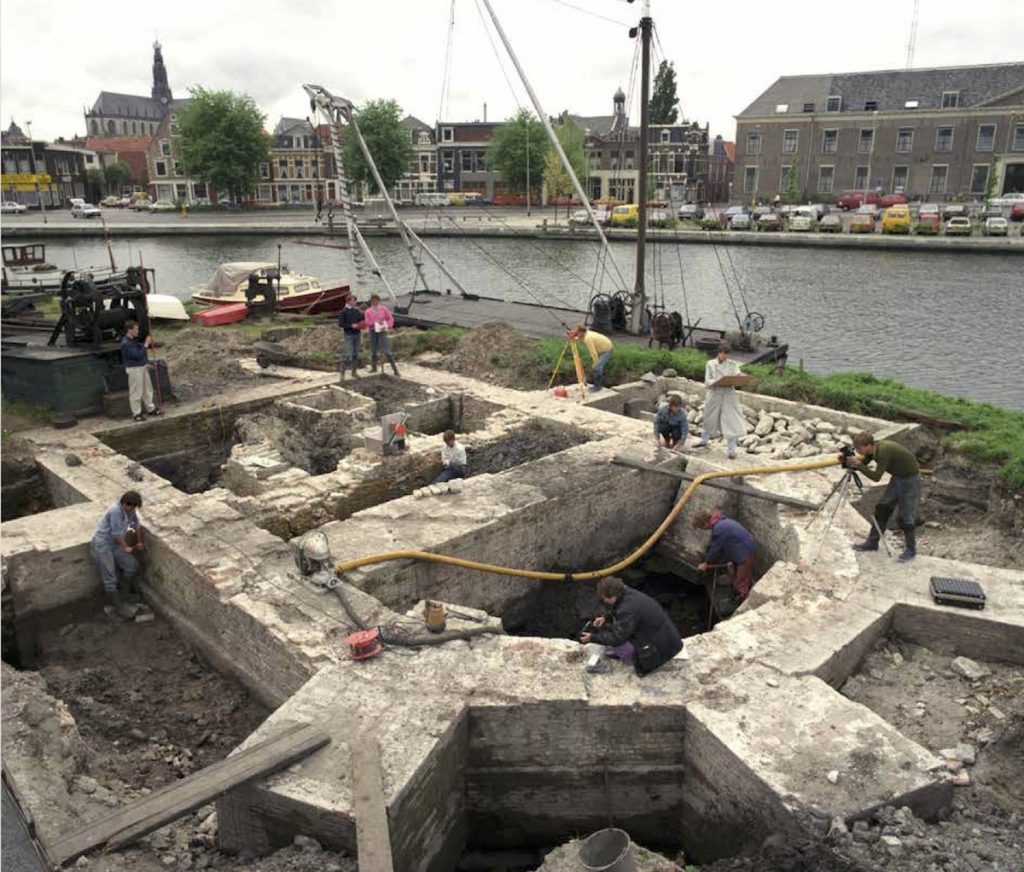Just a day after the fire, the people of Haarlem began organizing a fundraiser to rebuild the Adriaan.
In 1963, the city of Haarlem became owner of the land on which the mill stood and also pledged to rebuild the windmill. That pledge became forgotten over time. In 1991 the Foundation Molen De Adriaan was created, with its sole objective to rebuild the mill.
The City of Haarlem was initially reluctant to cooperate in this project. However in 1996, when the rebuilding pledge was rediscovered in the city archives, Haarlem gave full support and cooperation to the project which literally put wind into the sails.
In 1999 the reconstruction of the tower, on which the mill was to be built, started as part of a bricklaying training project for young people of the SJK (Stichting Jongerenwerk Kennemerland).
The European Community contributed to the cost of the project. One third of the cost of rebuilding the mill has been contributed by our society (SMA), and the rest of the 1.3 million euros came from different sources.
After three years of building, the mill was a fact! Although quite capable of functioning as a grain mill, the Adriaan is mainly a demonstration mill and windmill museum.
On 23 April, 2002, 70 years after the fire, the rebuilt Adriaan was officially opened and since then it is unimaginable for it not to be part of the skyline of “old” Haarlem.











